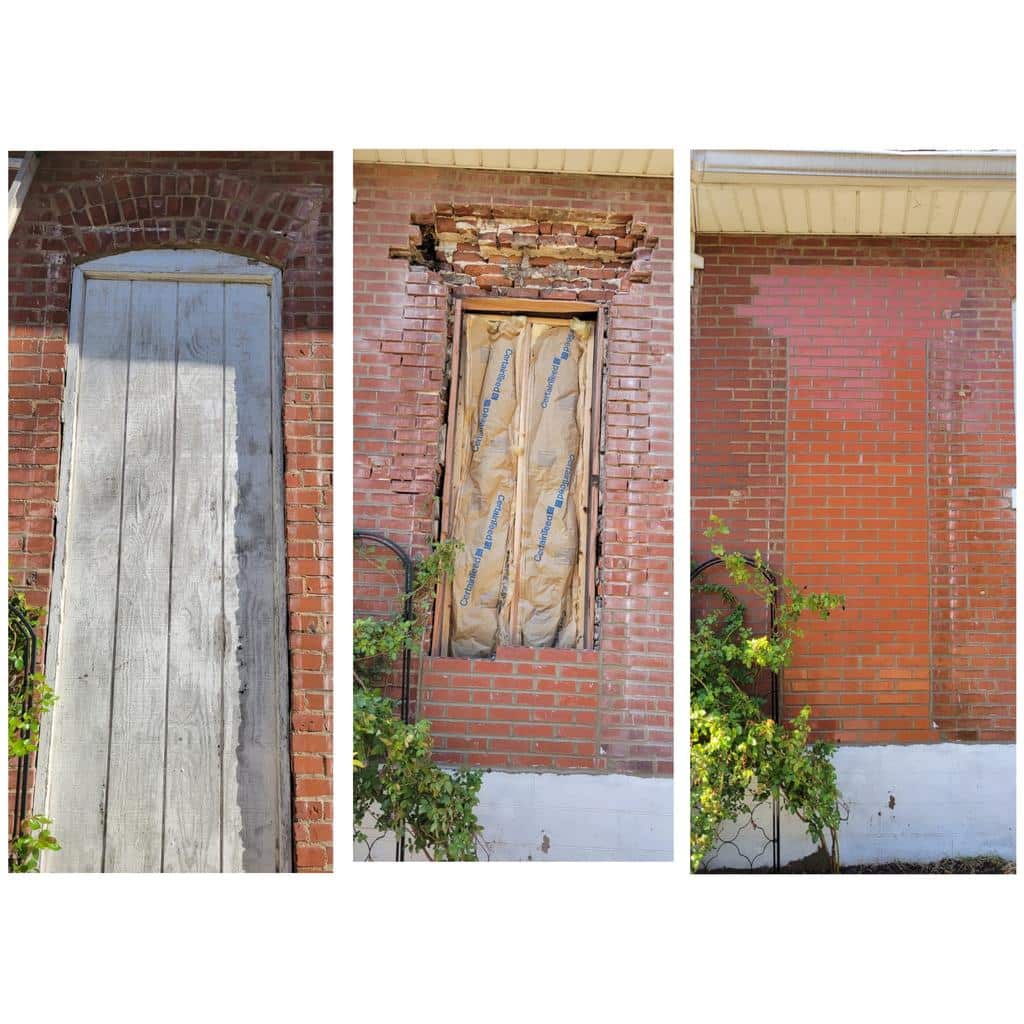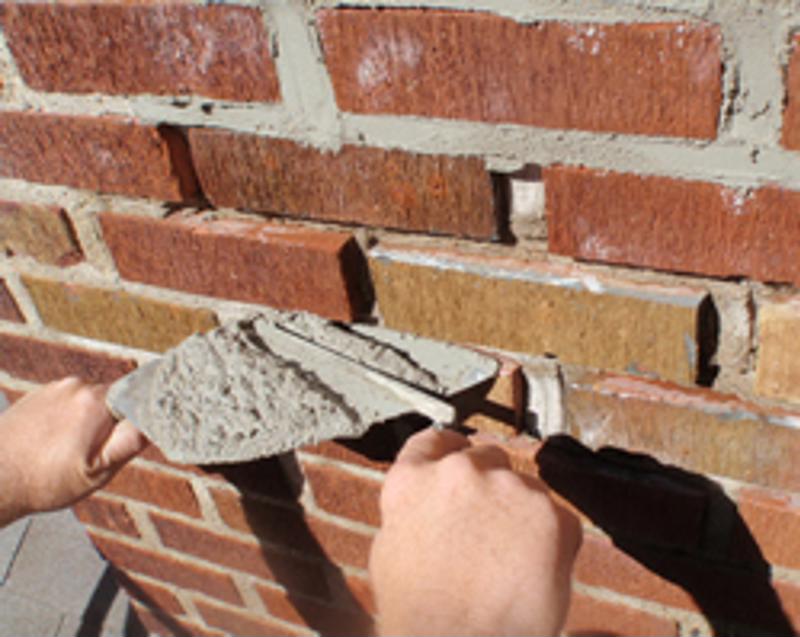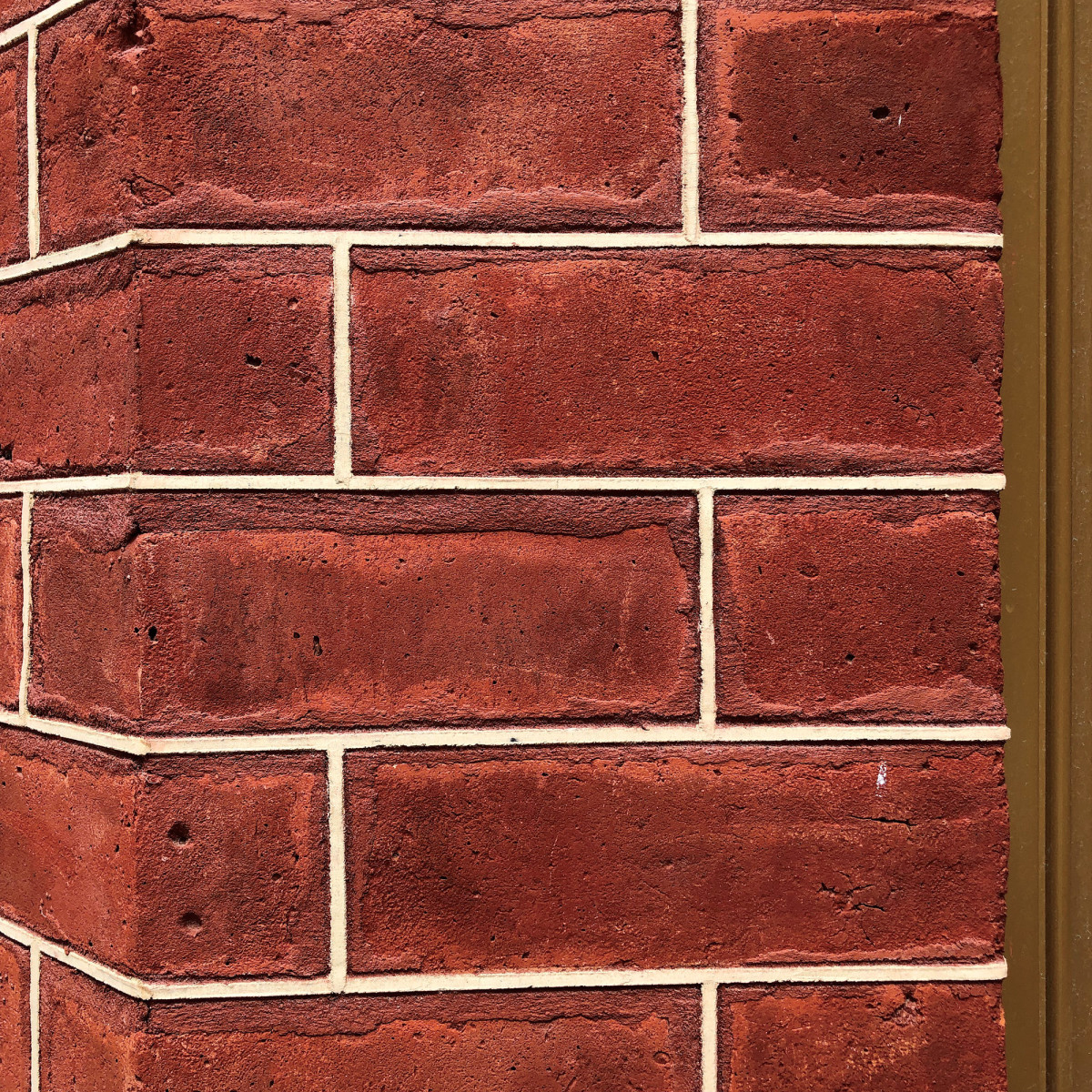Enhance Curb Appeal with Raul's Tuckpointing St. Louis MO Services: High Quality Renovations
Enhance Curb Appeal with Raul's Tuckpointing St. Louis MO Services: High Quality Renovations
Blog Article
Boost the Beauty and Toughness of Your Brickwork With Tuckpointing
Brickwork has long been esteemed for its timeless beauty and resilience. Over time, the mortar that holds those bricks with each other can wear away, leaving your structure vulnerable to harm and taking away from its aesthetic allure. However fear not, for there is a remedy that can recover both the elegance and longevity of your brickwork: tuckpointing. This age-old method not just improves the aesthetic allure of your brickwork, however likewise reinforces its structural honesty. However what precisely is tuckpointing and just how does it vary from repointing? And just how can you ensure that your tuckpointed brickwork continues to be in excellent condition? In this discussion, we will certainly explore the fundamentals of tuckpointing, its benefits, the distinction in between tuckpointing and repointing, the process itself, and the vital practices for keeping and caring for tuckpointed brickwork.
The Essentials of Tuckpointing
Tuckpointing is a proficient technique used to repair and improve the look and structural integrity of brickwork. It entails the process of eliminating shabby mortar joints and replacing them with fresh mortar. The term "tuckpointing" describes the practice of utilizing two various shades of mortar to develop the impression of great joints, giving the brickwork an extra polished and visually pleasing appearance.
The very first step in tuckpointing is to meticulously assess the problem of the brickwork. This entails inspecting the mortar joints for indications of degeneration, such as cracking, collapsing, or missing mortar. When the issue locations have actually been determined, the old mortar is thoroughly removed utilizing specialized tools, such as a mill or chisel, while making certain that the blocks themselves stay intact.
After the old mortar has been eliminated, the following step is to prepare the joints for fresh mortar. This typically includes cleaning up out any kind of debris or loosened product and dampening the joints to guarantee appropriate bond. An experienced tuckpointer makes use of a directing trowel to meticulously fill up the joints with fresh mortar, making sure to create a uniform and flush surface.
Advantages of Tuckpointing
Improving both the durability and appearance of brickwork, tuckpointing offers a number of notable benefits for house owners and homeowner alike. One of the main advantages of tuckpointing is its capability to extend the life-span of block structures. By changing deteriorated mortar joints, tuckpointing prevents wetness from leaking right into the brickwork, which can cause structural damage gradually. This helps to maintain the integrity of the brickwork and prolong its overall toughness.
One more advantage of tuckpointing is its capability to improve the visual allure of block frameworks. Gradually, mortar joints can come to be broken, faded, or tarnished, diminishing the general look of the brickwork. Tuckpointing includes very carefully eliminating the damaged mortar and changing it with fresh mortar of a different shade. This technique allows for the production of clean, crisp lines that give the illusion of properly maintained brickwork. It can additionally be utilized to develop ornamental patterns or styles, better boosting the visual appeal of the framework (Raul's Tuckpointing St. Louis MO).
Along with boosting the long life and appearance of brickwork, tuckpointing can also boost the value of a home. Well-kept brickwork is seen as a preferable feature by potential customers and can dramatically enhance the curb allure of a home. When the time comes to put the home on the market., this can lead to a higher marketing price and a quicker sale.
Tuckpointing Vs. Repointing: What's the Difference?

To compare tuckpointing and repointing, it is very important to understand the vital differences in between these 2 approaches of brickwork restoration. While both techniques intend to maintain the architectural honesty and visual allure of brickwork, they differ in their approach and implementation.
Tuckpointing is a meticulous procedure that entails applying two various colors of mortar to develop the illusion of fine joints. This method is mostly used to improve the aesthetic appeal of brickwork by developing the look of well-crafted and well-kept joints. The tinted mortar is very carefully used and formed to match the shade and profile of the initial mortar, giving the impact of precision and craftsmanship.
On the other hand, repointing is an extra simple procedure that involves getting rid of deteriorated or broken mortar from the joints and changing it with fresh mortar. The primary goal of repointing is to recover the structural honesty of the brickwork by guaranteeing correct bonding and securing between the bricks. Unlike tuckpointing, repointing does not include the usage of colored mortar or the production of an attractive result.
The Process of Tuckpointing
The application of two different go shades of mortar to create the illusion of great joints is a careful procedure called tuckpointing. This technique entails removing worn-out browse around this site mortar joints and replacing them with new mortar to enhance the look and architectural integrity of the brickwork. The procedure of tuckpointing can be divided right into numerous steps.
First, the old mortar is meticulously removed utilizing specialized tools such as grinders and blades. It is important to eliminate the mortar to an adequate deepness to ensure a strong bond with the new mortar.
Following, the joints are completely cleaned up to eliminate any type of debris or dirt. This helps to create a tidy surface for the new mortar to stick to.
As soon as the joints are cleaned up, a thin layer of brand-new mortar is used to the joint using a little aiming trowel. This initial layer, referred to as the "pointing up" mortar, is typically the very same shade as the existing mortar.
After the first layer has been used, a 2nd layer of mortar is applied on top of it. This 2nd layer, called the "fillet" mortar, is a different color and is very carefully formed to produce the impression of a great joint.

Preserving and Caring for Tuckpointed Brickwork
Once the tuckpointing process is completed, correct maintenance and treatment are necessary to preserve the enhanced appeal and resilience of the brickwork. This upkeep not only guarantees that the tuckpointed locations continue to be intact and functional but also assists to stop any type of prospective damages to dig this the general framework.
One of the vital aspects of preserving tuckpointed brickwork is regular cleaning. It is important to avoid using any rough chemicals or rough devices that can potentially harm the mortar or the bricks themselves.
In enhancement to cleaning, it is very important to check the tuckpointed locations occasionally. This enables the early detection of any signs of degeneration or damage. Any type of fractures, loosened mortar, or indicators of water damages should be dealt with promptly to stop additional wear and tear.
Additionally, making sure proper water drainage around the brickwork is critical. Water pooling or incorrect water drainage can lead to moisture infiltration, which can compromise the mortar and cause structural damages. Cleaning gutters and downspouts on a regular basis and making sure that they are properly directed away from the brickwork can aid protect against these problems.
Finally, it is suggested to seek advice from with a specialist tuckpointing specialist for regular repair and maintenance. Their knowledge and experience can guarantee that any needed fixings are done properly, maintaining the integrity and durability of the tuckpointed brickwork.
Final Thought
In conclusion, tuckpointing is an useful technique for improving the appeal and longevity of brickwork. Tuckpointing entails the removal and replacement of tatty mortar, resulting in a uniform and clean look.
It involves the procedure of getting rid of tatty mortar joints and changing them with fresh mortar. Raul's Tuckpointing St. Louis MO.After the old mortar has actually been eliminated, the next step is to prepare the joints for fresh mortar. Tuckpointing includes very carefully eliminating the damaged mortar and changing it with fresh mortar of a contrasting shade. The colored mortar is thoroughly used and shaped to match the shade and profile of the initial mortar, providing the perception of precision and craftsmanship

Report this page